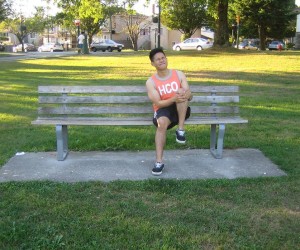Patellofemoral pain syndrome is defined as discomfort behind the kneecap. The condition can arise from overusing the knee during sports and activities such as walking, running, cycling or jumping.
If the knee is repeatedly bending and straightened, it can irritate the interior surface of the kneecap and trigger pain. The condition might also stem from the way the legs, hips, knees or feet are aligned.
What are the signs?
- The chief indication is knee pain, usually in the rear part.
- Pain or discomfort while running, walking or being seated for a long time
- The pain typically worsens while walking downhill or down the stairs
- Swollen knee
- Snapping, grinding or popping can be felt or heard in the knee
The chief indication is knee pain, usually in the rear part.
Management of patellofemoral pain syndrome
If an individual is suspected with patellofemoral pain syndrome, the treatment typically includes:
- Application of an ice pack on the knee several times throughout the day until the discomfort settles.
- Elevate the knee on a cushion while sitting or lying down.
- An anti-inflammatory medication can be given but carefully follow the dosage instructions.
- If overpronation is an issue, the doctor might suggest shoe inserts or orthotics.
During the recovery from the injury, the individual should adjust his/her activity to include those that will not aggravate the condition.
The knee pain often persists for a long time and might even recur after the symptoms have already settled for some time. The rehabilitation program which includes suitable exercises must be regularly done to ensure the effectiveness of treatment.

